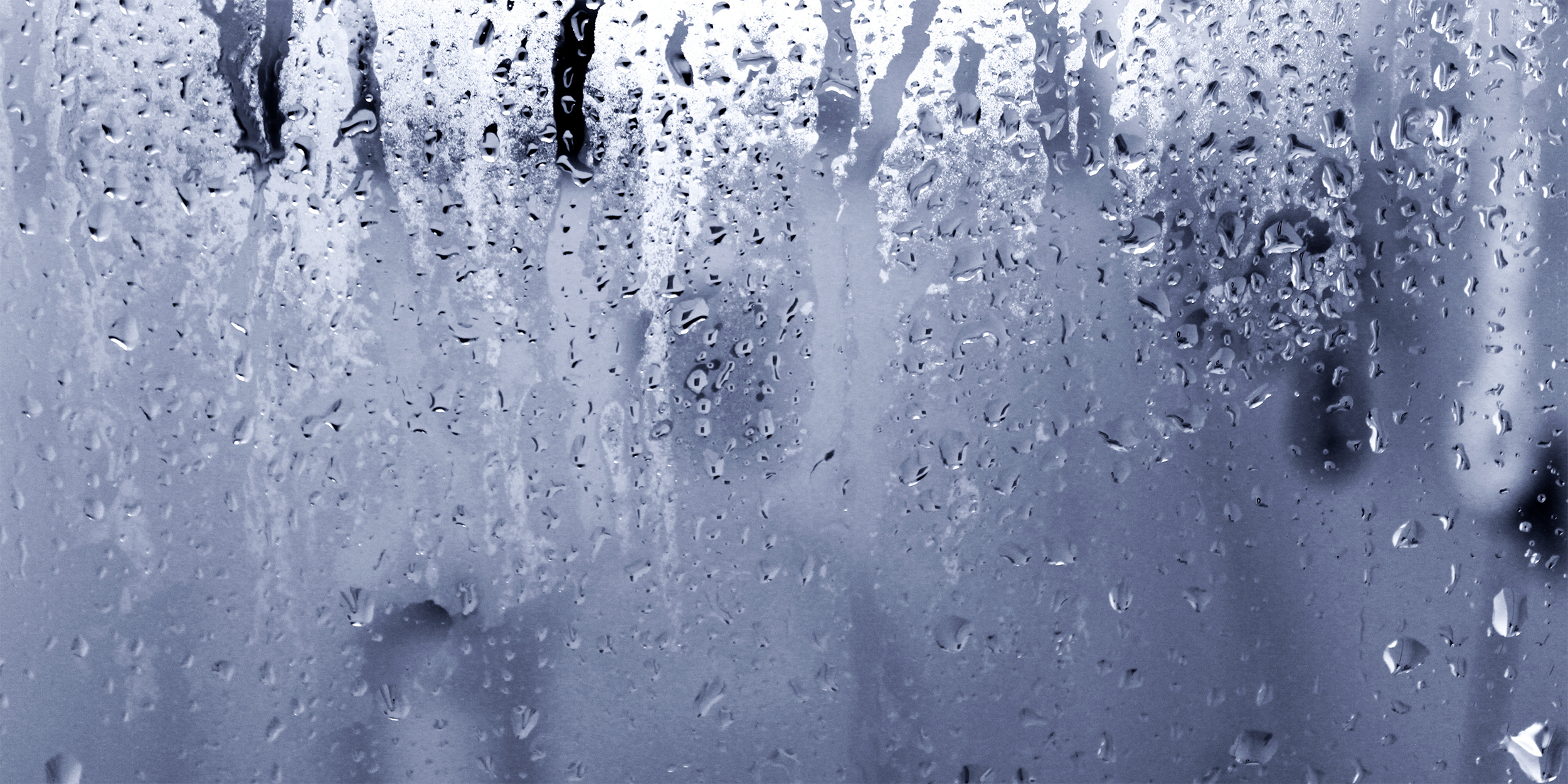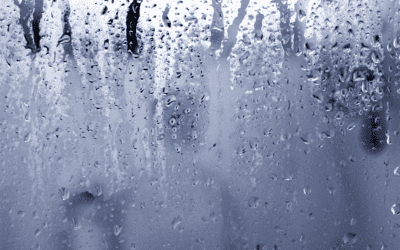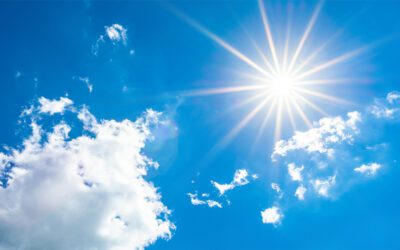We’re always amazed at how store personnel seem to forget that the humidity increases during the late summer and winter months.
It usually starts with fogged-up cases, and personnel thinking it’s the case and not the conditions.
High temperatures and high humidity can wreak havoc on refrigeration equipment if not properly managed. Commercial refrigeration businesses operating in Southwestern climates face unique challenges due to the region’s unique weather conditions.
This blog post provides a general checklist designed to help optimize refrigeration systems, ensuring they run efficiently and reliably.
The Rule of Twos
There are two things to remember regarding seasonal refrigeration maintenance. There are two crucial times per year to focus on two core aspects of refrigeration maintenance. You should prepare your system for extreme summer and winter weather in the spring and fall.
In spring, prepare for cooling. When checking your system before summer, focus on two things: comfort and humidity, as they must work in tandem for efficient operation. Due to monsoons, the Southwest experiences increased humidity in the summer. Stores must maintain low humidity levels to prevent condensation, and check for water leaks or unusual noises indicating potential mechanical issues. Ensure all belts are replaced, refrigerant leak checks performed, condensers and cases are cleaned, and a thorough mechanical maintenance is performed.
Proper Maintenance and Performance Verification
Proper condenser cleaning is crucial. Check performance before and after cleaning to confirm expected performance gains. If the condenser requires additional cleaning, estimate the cost. Performance verification ensures equipment meets design parameters, especially in summer months.
Humidity Control
Proper building pressurization and functioning dehumidification are essential for efficient display cases. During the summer months in the Southwest, it’s hot and humid, leading to moisture issues in display cases. Maintaining a slightly positive store envelope prevents negative pressure and energy waste. Ensure both HVAC and refrigeration systems operate within their design range. Proper air balance and dehumidification is essential to create a dry envelope for the display case to work efficiently.
Specialized Cleaning Techniques for Self-Contained Equipment
These units require frequent cleaning, especially the condenser coils. Evaporative condensers or water-cooled units work better in dry environments. They need monthly maintenance or more, depending on the environment.
Monitoring, Data Logging and Analysis
Implement energy management systems to monitor system performance and predict maintenance needs. These tools can identify/trend refrigerant leaks and minimize losses. Technicians should review logged data to identify patterns, troubleshoot, and optimize system performance.
Optimize Your Refrigeration Systems
Managing commercial refrigeration in Southwestern climates can be challenging, but with proper preparation and maintenance, you can ensure your systems run efficiently and reliably. By following our detailed checklist, you can mitigate the impact of high temperatures and humidity on your refrigeration units.
Don’t let the unique climate conditions of the Southwest catch you off guard. Take proactive steps now to optimize your refrigeration systems and maintain the integrity of your products.
Stay ahead of the heat and humidity. Contact Accutherm for expert advice and personalized solutions to keep your refrigeration units running smoothly all year round. For more information, visit our website or call us today.



